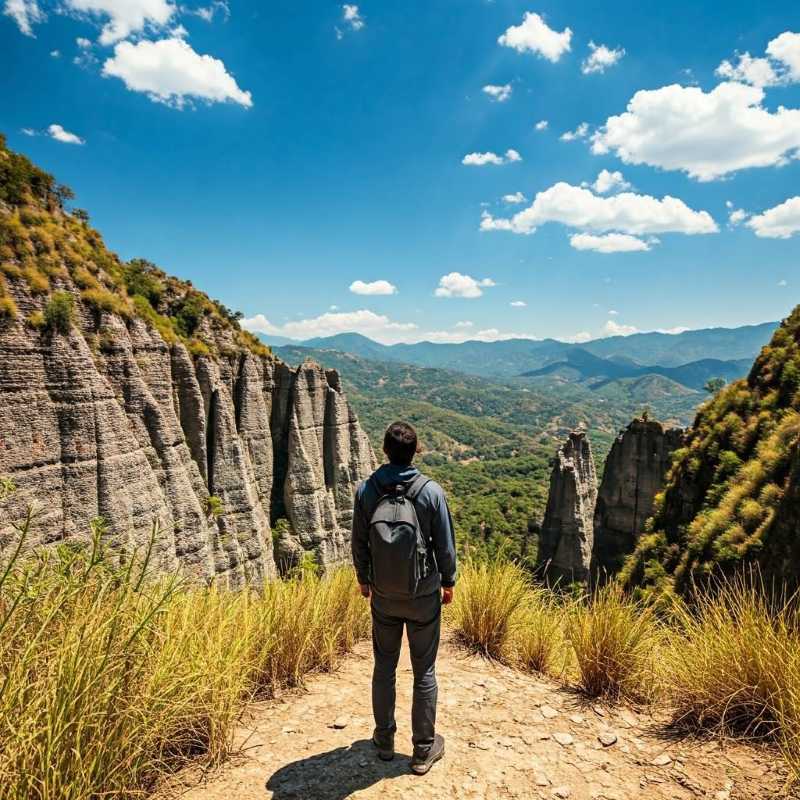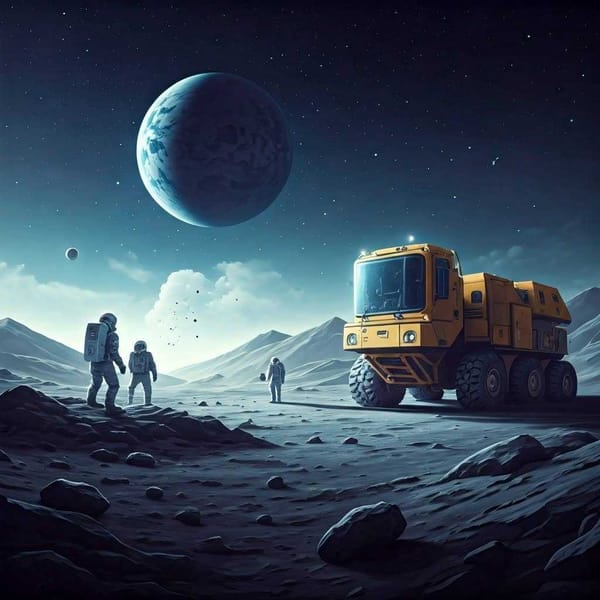Geoparks: Are They Trying to Bore Us to Death with Rocks?
Mexico's leading the way in geoparks! UNESCO's impressed, academics are thrilled, and everyone's talking rocks. From Hidalgo's mining comarca to Oaxaca's Mixteca Alta, these parks aren't just about pretty stones; they're about community, culture, and connecting with the planet.

When most people think of rocks, they picture lifeless lumps of stone cluttering the landscape—hardly the stuff of excitement. But, as I recently learned, there’s far more to these unassuming chunks of Earth’s crust than meets the eye. Apparently, rocks aren’t just there to stub your toe or make up half of a child’s pocket contents. No, they’re the bedrock (pun absolutely intended) of a movement that’s quietly changing the way we see the planet: geoparks.
At the V Mexican Symposium on Geoheritage and Geoparks, held at Ciudad Universitaria, some of the finest minds in the field gathered to remind us that the ground beneath our feet is much more than a passive stage for human activity. According to UNAM’s María Soledad Funes Argüello, geoparks are about bringing together communities, scientists, and policymakers to protect geological heritage while rekindling humanity’s connection to the planet. And frankly, that’s not a moment too soon.
Rocks Aren’t Just Rocks
You see, landforms—those majestic mountains, rugged cliffs, and yes, even those irritatingly unyielding boulders—aren’t inert obstacles standing in the way of progress. Funes Argüello puts it rather poetically: they’re active components of our environment, essential for supporting life and maintaining ecosystems. In other words, that hill you’ve been cursing for ruining your morning commute might just be saving your bacon in ways you’ve never considered.
Recognizing and managing these features is crucial. They’re not just remnants of a prehistoric past but dynamic players in the grand drama of life on Earth. They link our history to our future, and that, my friends, is a connection worth preserving.
Kristof Vandenberghe from UNESCO’s International Geoscience and Geoparks Program couldn’t agree more. Speaking remotely (presumably from a chair more comfortable than the ones at most academic conferences), he celebrated the rapid growth of geoparks in Latin America. Once upon a time, Brazil had the region’s only geopark. Now there are 13 across the continent, with more initiatives underway in Mexico, specifically in Aguascalientes and Querétaro.
Mexico’s approach, supported by its world-class academic institutions like UNAM, is a model that others are trying to replicate. Vandenberghe noted that while every region has its unique challenges, the collaborative efforts in Latin America, particularly in Mexico, have set a gold standard for the rest of the world. Take note, folks: when it comes to geoparks, Mexico isn’t just playing in the dirt; it’s digging deep.
The Bigger Picture
What’s remarkable about geoparks isn’t just their geological significance but the way they integrate nature, culture, and community. According to José Luis Macías Vázquez, director of the Institute of Geophysics, geoparks are more than just pretty landscapes. They’re complex systems where biodiversity, cultural heritage, and economic activities intertwine.
For instance, Mexico’s two existing geoparks—the Comarca Minera in Hidalgo and the Mixteca Alta in Oaxaca—are prime examples of this interplay. These areas don’t just showcase geological marvels; they’re hubs of education, tourism, and sustainable development. The goal now is to consolidate these efforts and secure UNESCO certification, a move that would undoubtedly put them on the global map.
None of this would be possible without the academic heavyweights steering the ship. UNAM, in particular, has been a driving force, establishing seminars, fostering collaborations, and training specialists to champion the cause. As Emmaline Montserrat Rosado González of the Geoparks Network of Latin America and the Caribbean put it, the university’s social commitment has been instrumental in bolstering local sustainable development.
This is no small feat. Creating a geopark isn’t just about slapping a sign on a scenic spot and calling it a day. It’s about building networks, educating communities, and navigating the often-treacherous waters of bureaucracy. It’s hard work, but the rewards—both for the environment and the people who call these areas home—are immense.
More Than Just Rocks
Perhaps the most compelling argument for geoparks came from Armando Peralta Higuera, who coordinates outreach at the Institute of Geography. He reminded us that geoparks are about more than rocks. They’re about landscapes, culture, and the intricate web of life that connects us all. By showcasing the natural beauty of flora and fauna alongside geological wonders, geoparks offer a fresh perspective on our shared heritage.
They also serve as a reminder of what’s at stake. As we continue to wrestle with climate change, habitat loss, and the ever-present threat of overdevelopment, geoparks stand as a testament to what we can achieve when we prioritize conservation and collaboration.
So, what’s next? For starters, there’s the ongoing effort to create more geoparks across Mexico and Latin America. The symposium brought together experts, educators, and government officials from across the region to discuss everything from geotourism to educational strategies. It’s a big job, but if the enthusiasm on display at Ciudad Universitaria is anything to go by, the future looks bright.
And let’s not forget the importance of public engagement. Geoparks thrive when communities take ownership of their natural heritage. That means more outreach, more education, and perhaps most importantly, more people learning to appreciate the rocks under their feet.
In the end, geoparks are a celebration of our planet’s story. They’re a reminder that even the most unassuming corner of the Earth has a tale to tell. And if we’re smart, we’ll listen.




